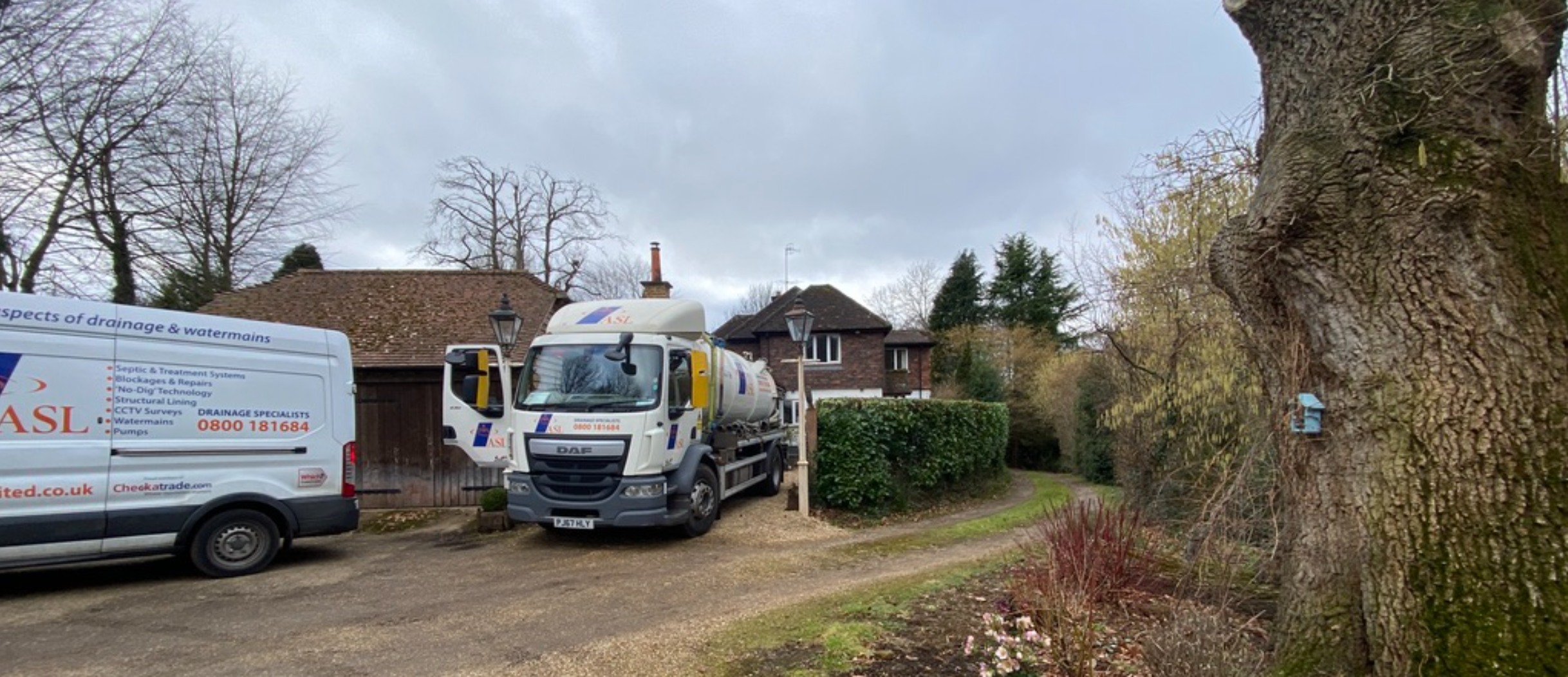How long does a septic tank or treatment plant last after removing all threats?
After removing all potential threats, including roof water, surface water, grease, fats, and oils, your septic tank or treatment plant could easily last 20 years or more. Regular maintenance and taking precautionary steps, such as fitting a telemetry system, can significantly extend the lifespan of your system.
Understanding the risks
Threats to your system include roof water, surface water, and grease build-up. Surface water entering your sewage system can cause extensive damage, particularly during heavy rainfall. If surface water makes its way into the system, it can flush fats, oils, and other particles through your treatment plant and into your land drains, potentially leading to long-term damage. It's essential to ensure a competent individual regularly inspects your system for any signs of roof or surface water entry.

The importance of regular maintenance
To ensure the longevity of your septic tank, it's recommended that you empty it once or twice a year, depending on the size of the tank. If you're diligent about preventing roof water, surface water, and grease from entering your system, your septic tank could last well over 20 years. However, poor maintenance, such as failing to replace dip pipes or not addressing issues raised by your tanker driver, can lead to expensive repairs. For example, repairing land drains could cost between £5,000 and £7,000.
Telemetry systems and installation
When installing a treatment plant, it might be worthwhile to speak with our electrician at ASL Limited about installing an electric cable capable of supporting alarm systems. These systems can prevent costly repairs and unnecessary disruption by alerting you to potential issues before they become serious.
For an estimate to supply and install a telemetry system, including testing, the cost is £1,220.00 plus VAT, excluding the cost of a SIM card needed to send alerts. You can opt for a pay-as-you-go or monthly contract SIM for your system.
Septic tanks and soakaways
A soakaway is necessary for a septic tank, as the separated water needs to be absorbed by light soil to allow for treatment. Unlike treatment plants, which discharge treated water, septic tanks only separate water, requiring soil filtration. It's important to remember that treatment plants also need regular maintenance and electricity to circulate air for bacteria, which is essential for breaking down waste. Depending on the treatment plant’s size, emptying is recommended every 1-3 years.
The role of dip pipes
Dip pipes are crucial in the separation process. Without proper separation, suspended solids and fats can pass through the system and into the soakaway, leading to blockages and eventual failure. Regular checks and maintenance of these pipes are vital to keep your system functioning smoothly.
For more information, contact Gerry Rowe at ASL Limited on 07713 680902.

